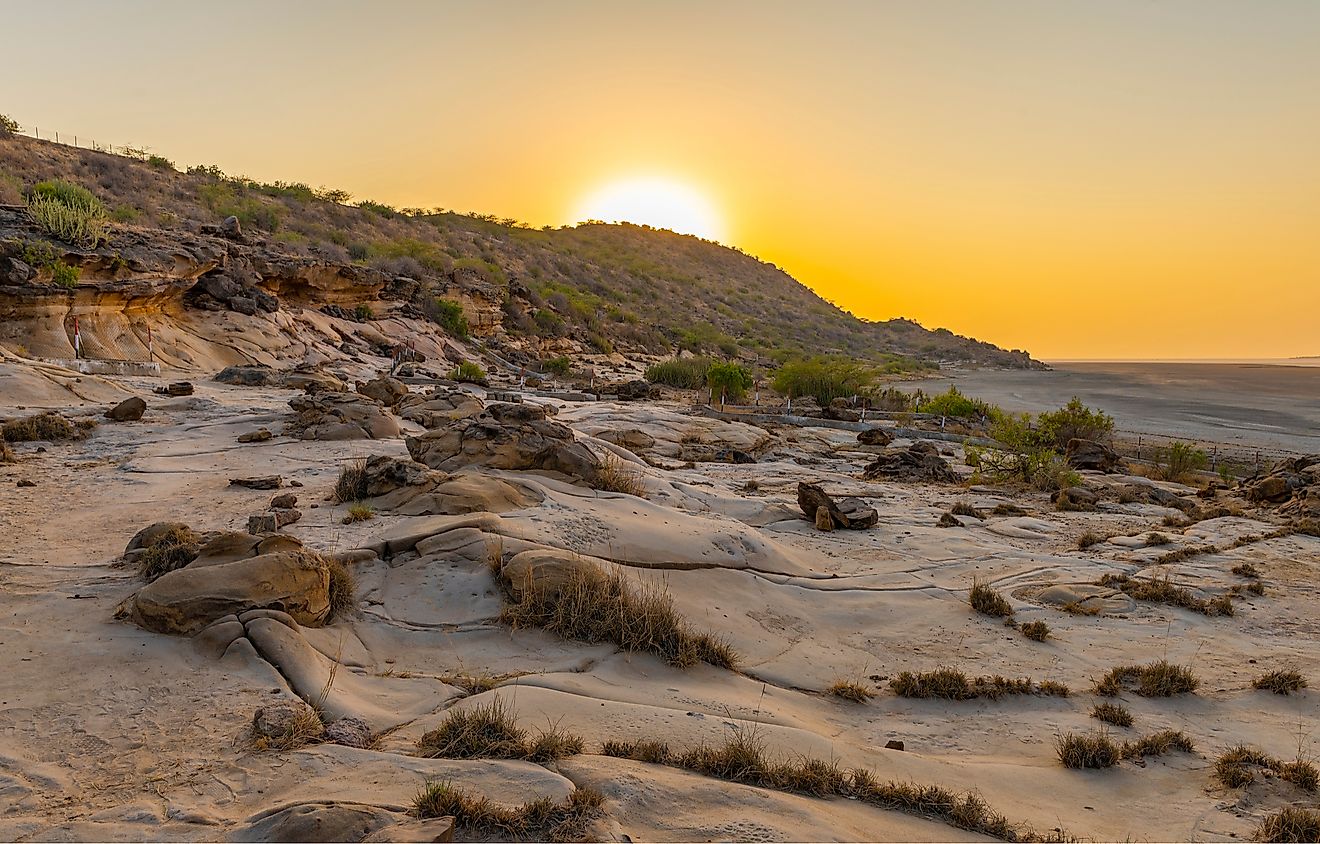Dholavira: Ancient Wonder Of Gujarat

Dholavira is an archaeological site of immense importance to India as it is India’s most prominent archaeological site associated with the Indus Valley Civilization. It represents the ruins of an ancient city of the Harappan civilization that was inhabited over a period of 1,200 years from 3000 BCE through 1800 BCE. The site is located near the village of Dholavira (from where it received its name), in the Kutch District of the Indian state of Gujarat. The 250-acre area of Dholavira sprawls across the Khadir island of the Great Rann of Kutch. The site is part of the protected Kutch Desert Wildlife Sanctuary in India.
4. Historical Role

Dholavira is of great historical significance as it represents the history of one of the world’s oldest civilizations. It provides an idea of the way of life of people of the Indus Valley Civilization 5,000 years ago. As evident from the archaeological discoveries of several items here, it appears that the city dwellers were engaged in active trade with other civilizations of the time. The high levels of architectural mastery and skills achieved by the people of this ancient city also baffle the world today. There is also a possibility that the citizens of Dholavira had easy access to the sea which, however, was lost when sea levels fell and desertification ensued in the area. The reason for the abandonment of Dholavira still continues to puzzle historians, but it is possible that the population underwent an eastward migration when harsher climate conditions on Khadir Island made life more difficult in the ancient city.
3. Discovery and Excavations
The excavations of Dholavira came into full swing in 1989 when R.S. Bisht, an expert archaeologist from the Archaeological Survey of India, and his team conducted a series of excavations at the site between 1990 and 2005. The city of Dholavira was found to be very well-planned, divided into three stages to form a layered city with a lower town, a quadrangular middle town and a citadel. The entire layout was well fortified with the citadel having the best fortification system as compared to the middle and lower towns. This was also the place where the higher ranking officials and governing bodies of the city lived. A grand gateway to the north of the citadel opened into an area fashioned as a stadia, or a ceremonial ground, which then transitioned into the middle town. The middle town was again divided into various strata with hierarchical division of population. The lower city was primarily inhabited by the ordinary workers of Dholavira. The water system of the city was also very well planned with 16 reservoirs and water channels that stored water or diverted water from nearby rivulets. Stepwells leading to large public baths have also been discovered here. Other objects found at Dholavira include seals with animal figures, grave like structures, stone sculptures, gold and bead jewelry and several hemispherical structures.
2. Notable Findings at Dholavira
One of unique features of Dholavira is that, unlike other Harappan cities like Harappa and Mohenjo-daro, the city is built almost exclusively of stones instead of bricks. Another striking feature of the ancient city was its sustainable use of water resources. The wisely planned and constructed network of reservoirs and water channels allowing the successful harvest of rainwater and diversion of rivulets, exemplifies the ingenuity of the Harappan people inhabiting the city. The ability to conserve every drop of water in the parched landscape speaks volumes about the engineering skills of the people of Dholavira. For all these reasons and more, the level of sophistication achieved by the people of Dholavira amazes the modern world to this date.
1. Threats and Conservation
The ruins of Dholavira do not face significant threats from weathering unlike other Harappan sites, largely because Dholavira is primarily constructed from stone, which is quite resistant to nature’s elements. However, a few years back R.S. Bisht, the man behind the excavations of the ancient city, decided to stop further extensive excavations at the archaeological site in order to preserve the remaining ruins in their original state. Dholavira, being located in a protected area in Gujarat, also is safe from other forms of human interventions. The Archaeological Survey of India is currently responsible for protecting Dholavira and preserving its ruins.











